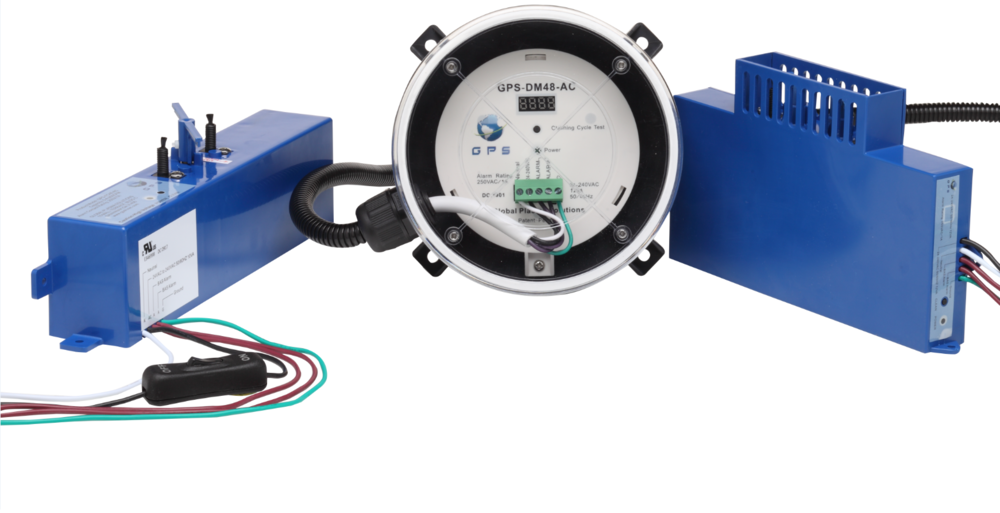Being prepared for winter includes making sure that your home is as warm and energy-efficient as it can be. If you are not willing to make a few changes, you will see your energy bills skyrocket during the colder months. We will be going over some different methods of keeping your energy cost down in the winter.
Adjust the Thermostat
As soon as the first cold winds start to blow, many people will rush to the thermostat and crank it up high. Try to avoid doing this unless it is really necessary. As a recommendation, you could keep your thermostat a little higher during the day, and then lower it down to about 68 degrees when you are asleep or out. If you are cold, just put on more clothes! Another suggestion would be to incorporate a programmable thermostat, so you can adjust the temperature from your phone. You could also put the thermostat on a timer, so it automatically gets lowered when you don’t need it.
Change Direction of Ceiling Fan Airflow
It is a common misconception that ceiling fans should turn in the same direction all year round. During the summer, the ceiling fan blades should be spinning counterclockwise. This causes the creation of a nice cool breeze. In the winter, the reverse is true. The blades should be rotating clockwise because this will push the warm air that is rising down towards the floor. The room will then feel warmer, so you will not have to have your thermostat on as high. If your ceiling fan has rotating capabilities, there will be a direction switch near the motor housing.
Change Your Windows
If you have old, leaky windows, there is no doubt that heat is escaping through them and being wasted. This causes you to have to run your thermostat more in order to keep the house warm. Having energy-efficient windows will save you a ton of money on your energy bills during the winter. An example of an energy-efficient option is Neufenster tilt and turn windows with triple-pane glass. Tilt and turn windows are efficient because they have secure air chambers inside the frames, preventing any cold air from entering. As well, triple-pane windows have three sheets of glass, providing an extra layer of insulation from the cold.
Get a Rug
If you have a couple of rooms in your home that have very cold floors, you might benefit from laying some rugs down. Having a good rug can keep your feet warm and reduce the amount of heat that you need in the room. A thicker rug will provide more insulation than a thin one. A wool rug would be a good choice because it is durable, soft, and thick. Try to get a rug that covers as much space as you can, because more of the room will feel warmer overall.
Check Your Filters
It is important to remember to check your HVAC filters every month. This is especially true during the winter and summer when your HVAC system will be used the most. The filters should be changed whenever they look dirty, or a minimum of every three months. When the filter is dirty, the airflow will be slowed down, and the system will need to work harder. This results in lots of energy being wasted, sometimes without the homeowners even realizing what is going on.
Utilize the Sun
Take advantage of sunny winter days and let the heat into your home. You can do this by opening all the curtains that face the sun during the day and make sure the windows are clean. This will let in the maximum amount of light possible to help heat your house. Remember to close all the curtains again when the sun has set for the night.
Block Unused Chimneys
If you have a wood-burning fireplace in your house that you do not use, it is likely that some heat is escaping up the chimney. Block the chimney to avoid having hot air travel up it. You can do this by using top-sealing dampers, chimney caps, or chimney balloons. Always consult a professional if you are not sure the best way to block your chimney.
Wash Clothes in Cold Temperatures
Another way to save on energy costs is by doing laundry with cold water. When the water has to heat up, it consumes a huge amount of energy, which gets added to your bill. Unless the clothes are covered in oily stains that you are trying to get out, washing in cold water produces the same effect as hot water.
Image Source: https://pixabay.com/photos/schilthorn-mountain-station-3033448/






